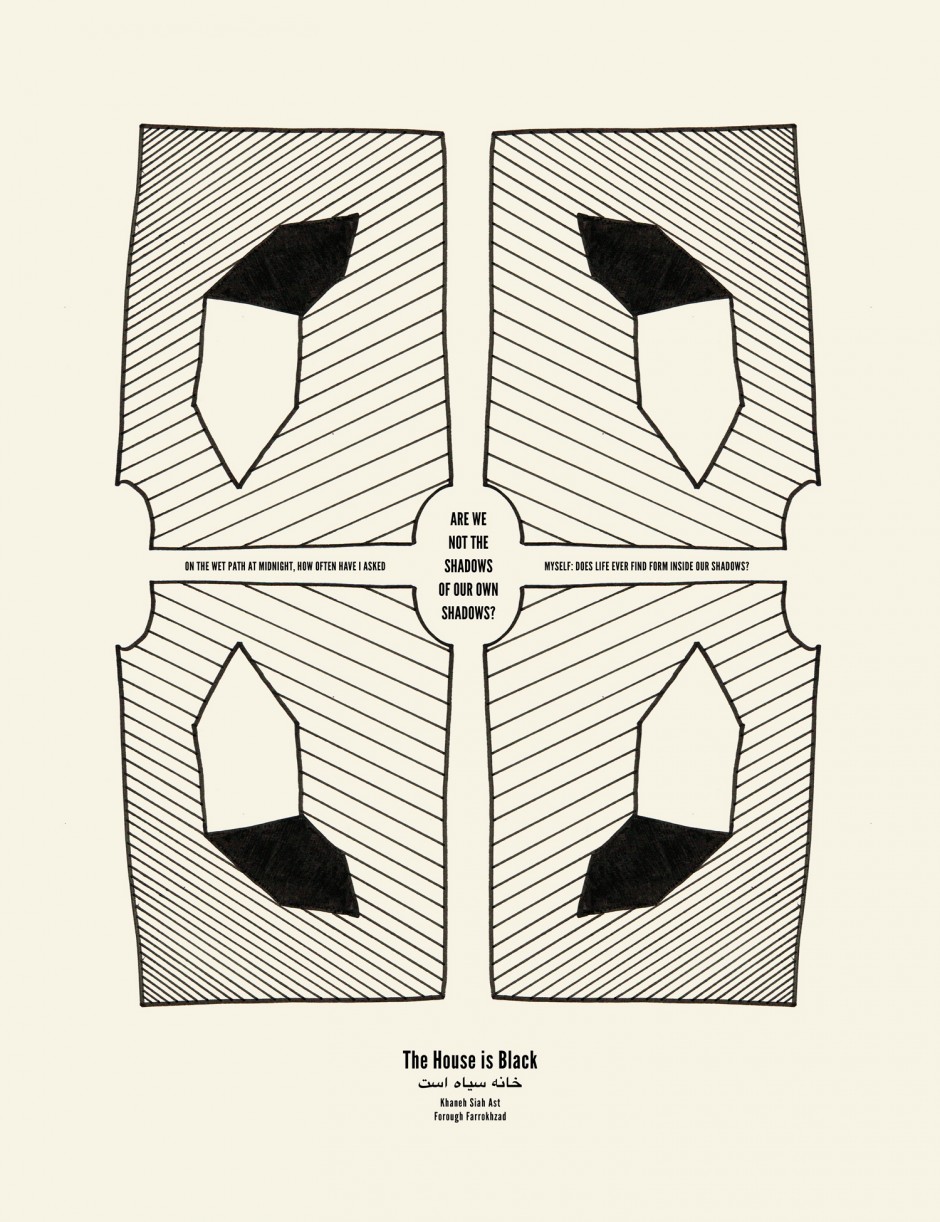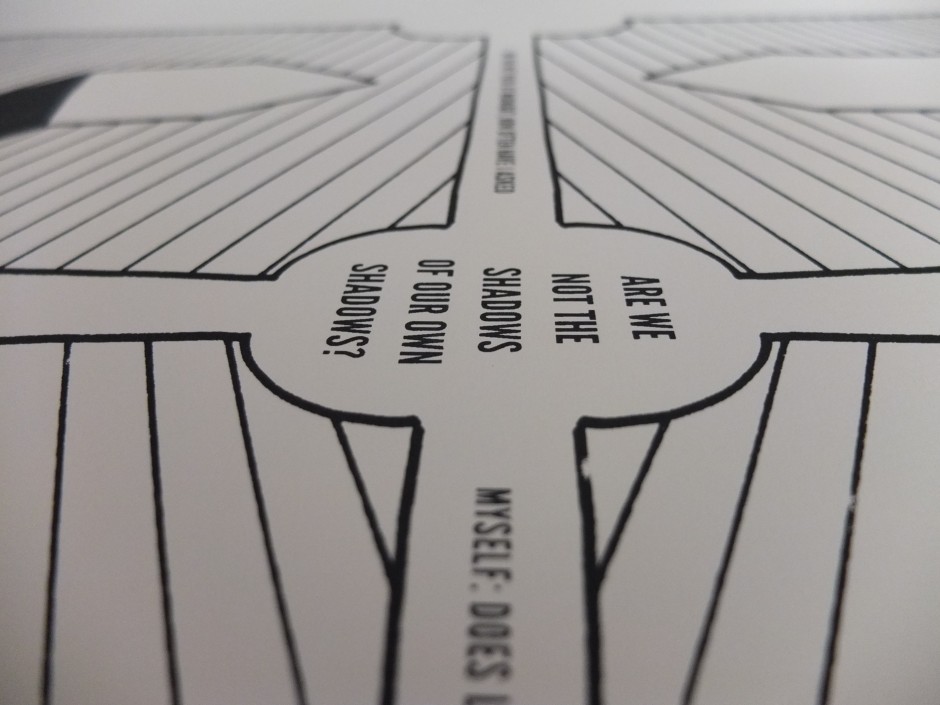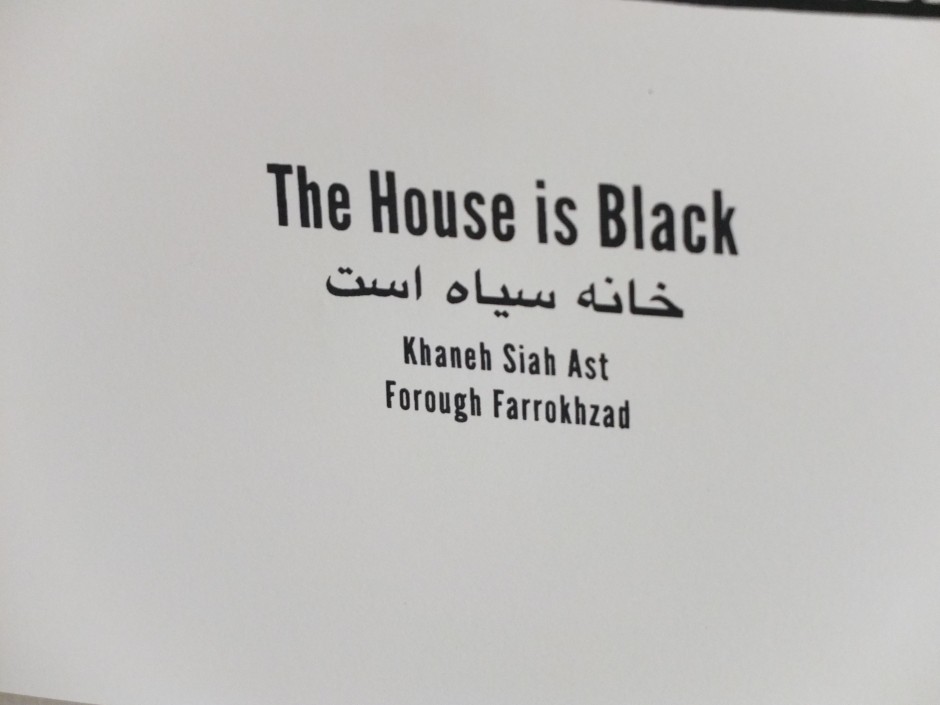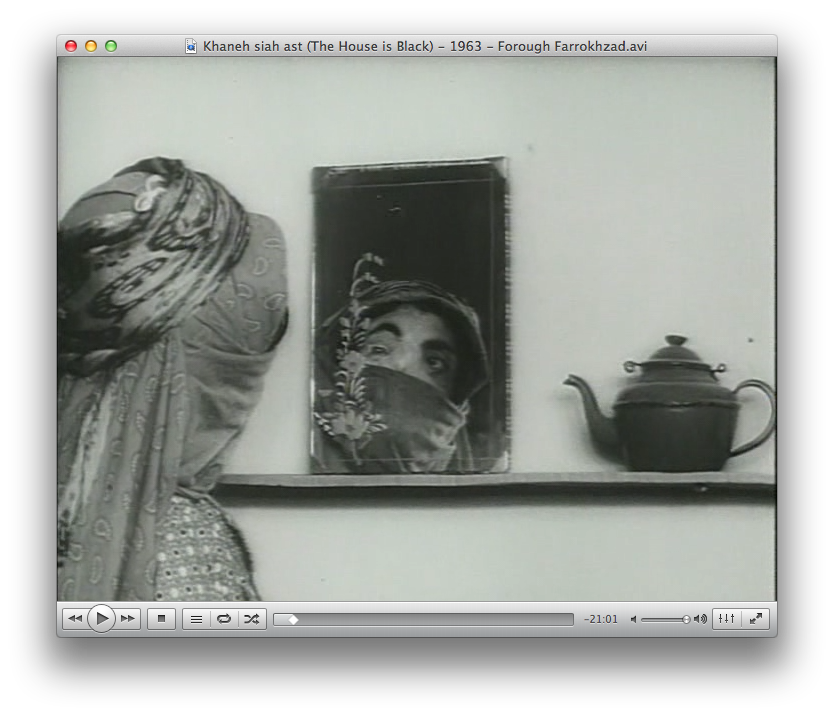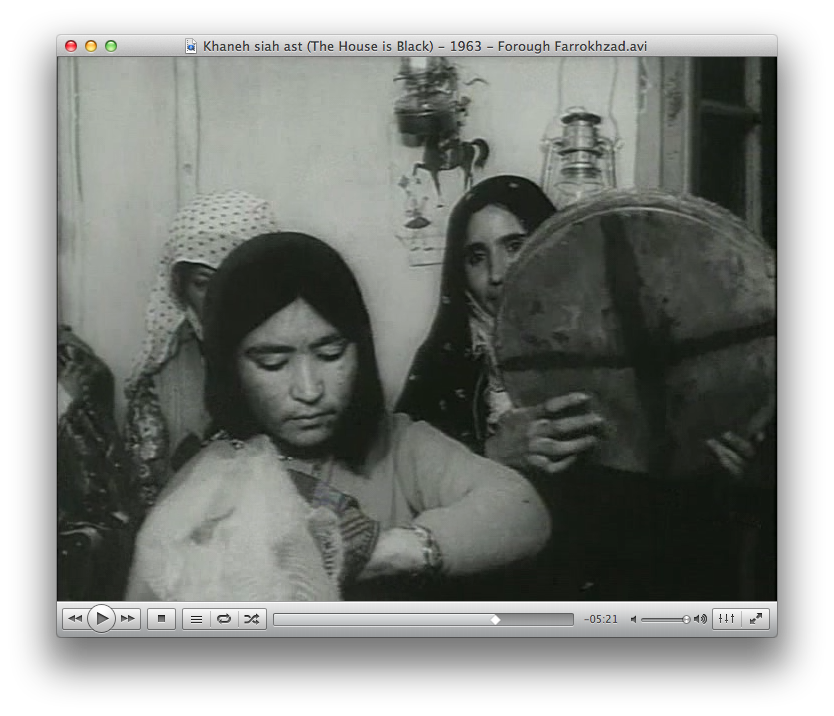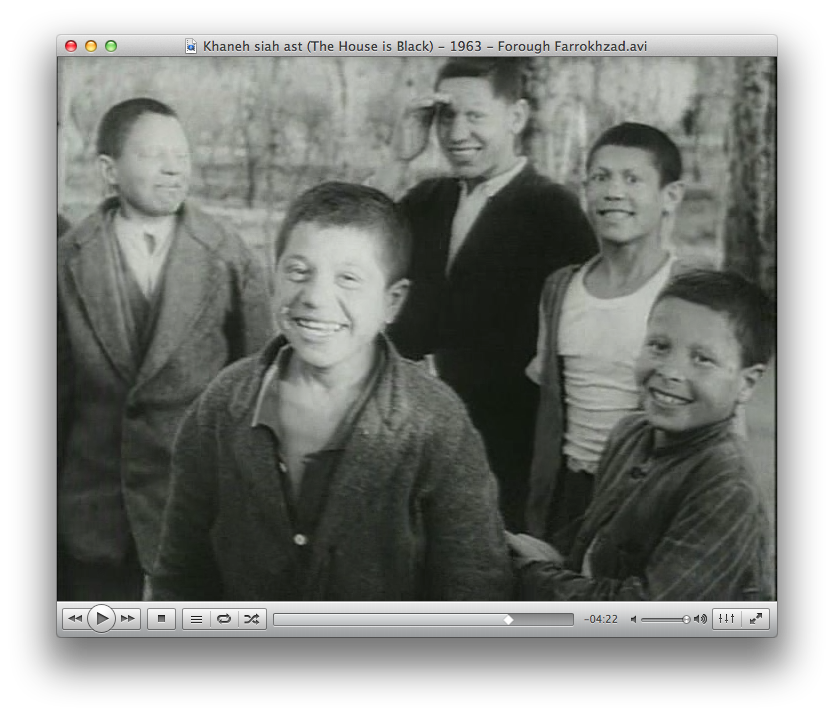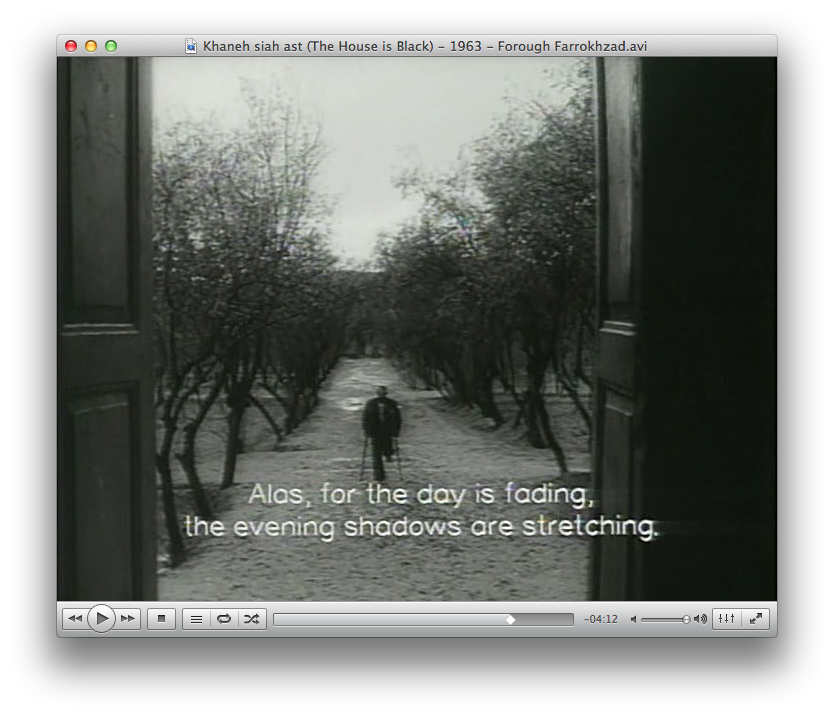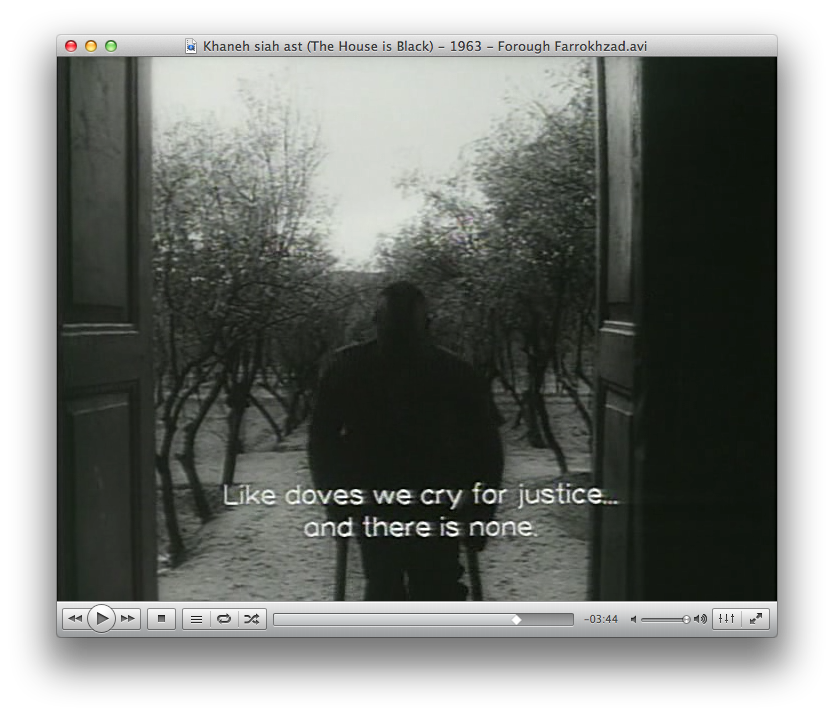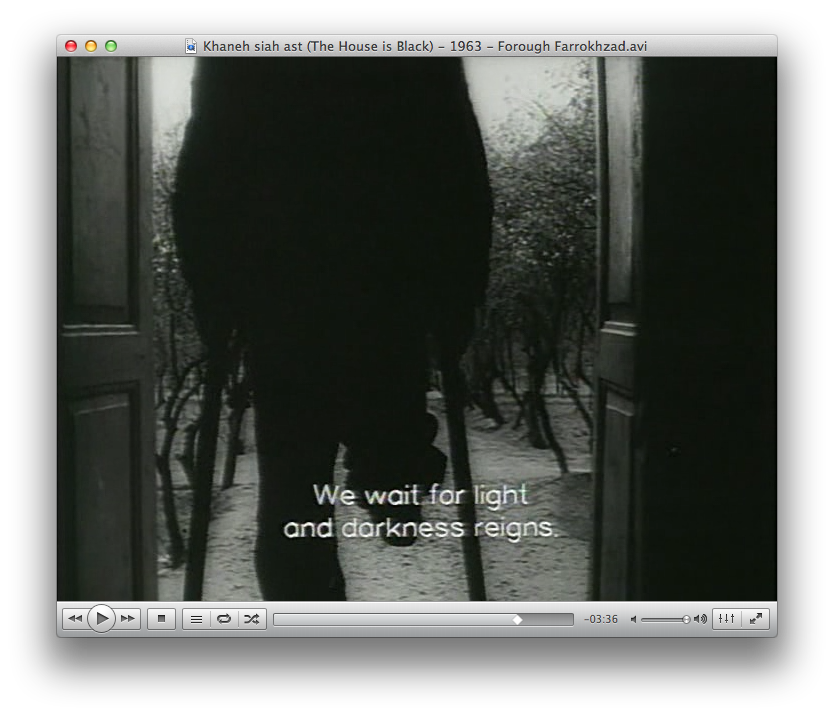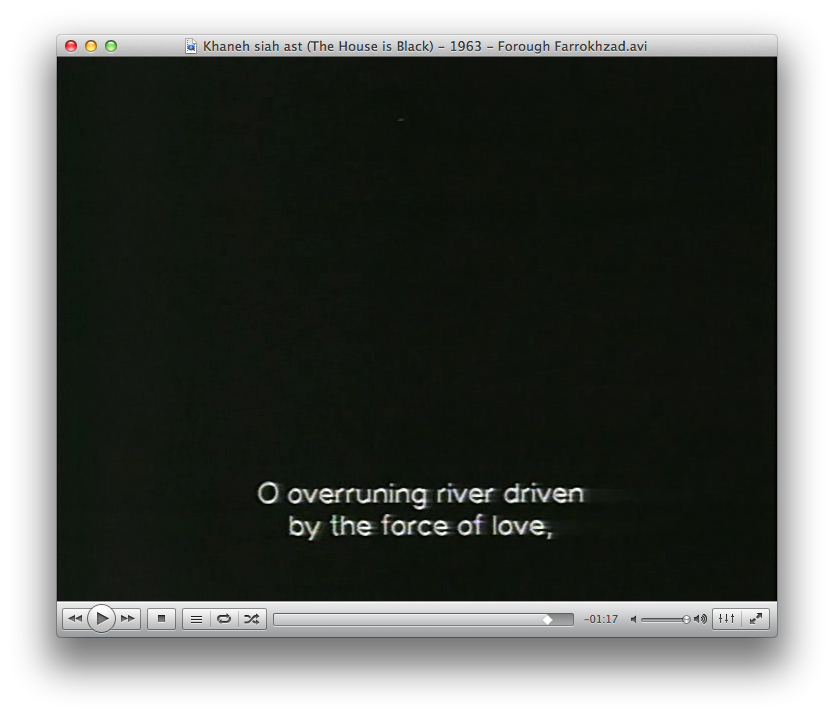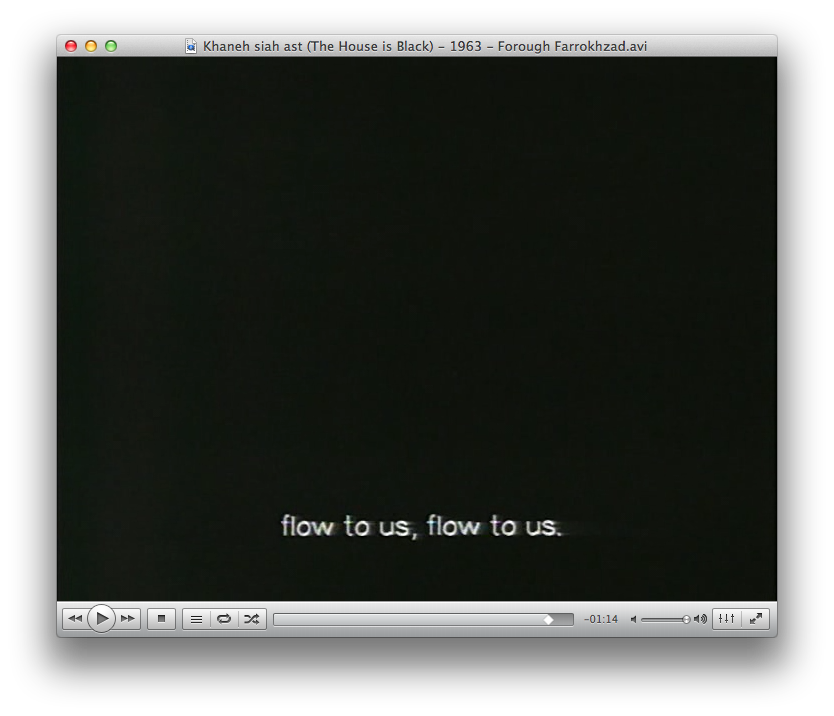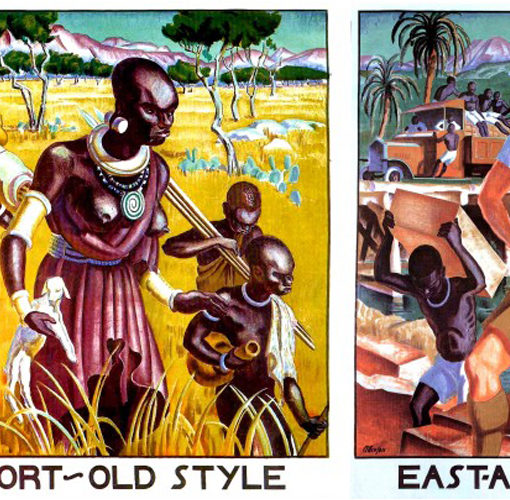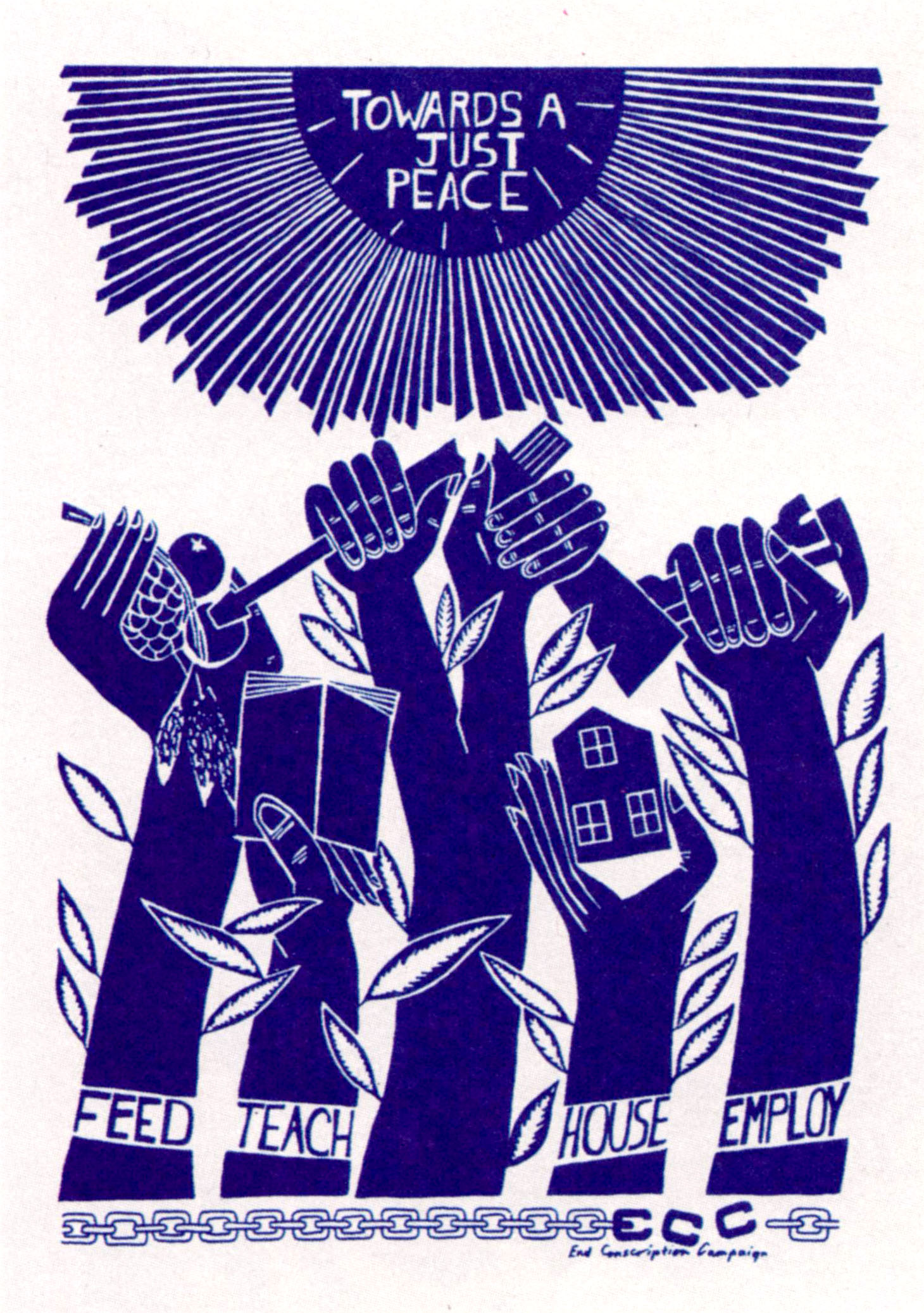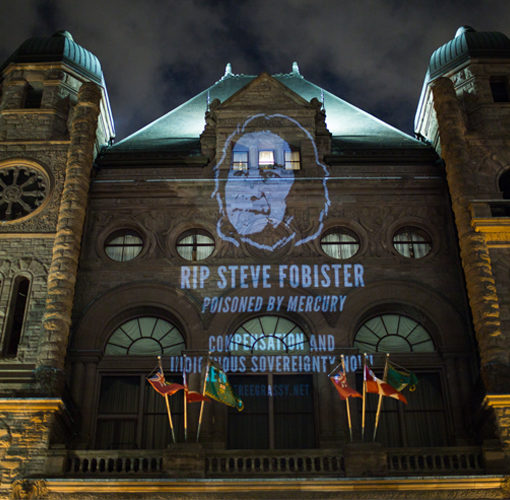This poster is the second in a series, a follow-up to my Orderly or Disorderly film poster. Forough Farrokhzad’s Khaneh Siah Ast (The House is Black) is a uniquely powerful short documentary film that was released in 1963. You can watch it with English subtitles here.
The House is Black was filmed at a “leper colony” in Iran. Carefully crafted visuals are interspersed with recitations of religious texts and Farrokhzad’s own poetry (for which she is best known). The montage of these elements creatively conveys both the inherent dignity and challenging realities of the residents, while simultaneously calling attention to the debilitating effects of social stigma and ignorance.
As I thought about how to represent this in poster form, I was drawn to using shadows, which are also a reoccurring theme in Farrokhzad’s poetry, as a way to represent our dialectical relationship with the social forces and relationships we are born into and have to contend with.
Hamid Dabashi’s analysis in Masters & Masterpieces of Iranian Cinema (2007) expanded my appreciation for the film by situating the film in the wider context of Farrokhzad’s work and life. He suggests that Farrokhzad was able to forge a sense of solidarity with the people she met in the leper colony based on her own experiences of sexist social marginalization. The film can be read as part of her resistance to being branded with a scarlet letter by her detractors — instead she continues to insist on posing deeper questions about society.
Dabashi offers several translations of Farrokhzad’s poems, including “The World of Shadows” from The Wall (1956). The last stanza of this poem is quoted on the poster:
On the wet path at midnight,
How often have I asked
Myself: “Does life even find form
Inside our shadows?
Are we not the shadows of our own shadows?”
